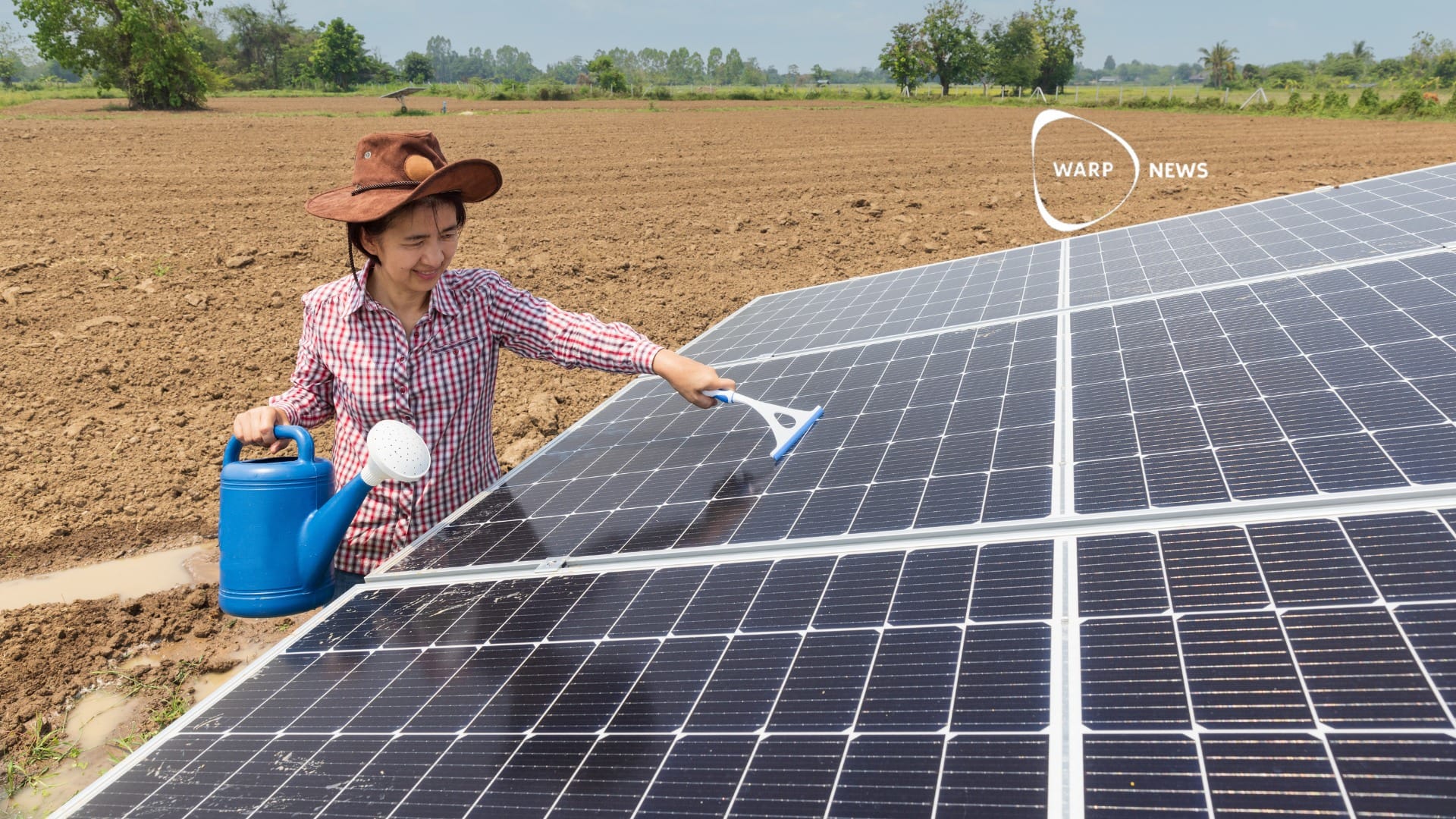
🔋 Rechargeable and degradable battery - made of crab shell and zinc
A rechargeable battery made from crab shell and zinc could make wind and solar power greener. Parts that cannot be recycled after the battery's lifetime can instead be put on the compost.
Share this story!
According to a new study published via cell.com, a new type of battery may be on the way, solving one of the big questions that has plagued the renewable sector - the impact of batteries on the environment. According to the study, lithium batteries, which have a negative environmental impact both before and after use, may in the near future be a thing of the past.
The key to solving the problem comes from shellfish, specifically chitosan, a compound that can be used to extract chitin – one of the components that make up the shell of several invertebrates, such as crabs. Together with zinc, a metal abundant in nature, chitosan can be used to create batteries.
According to Liangbing Hu, a researcher at the University of Maryland and co-author of the study, these batteries can store an impressive amount of energy and be recharged at least 1,000 times before needing to be recycled.
Solves problems with zinc
Using zinc in batteries is not a new invention, but as the water found inside zinc batteries (and which is necessary) tends to corrode the zinc, earlier versions have had a very short life with gradually declining performance. The idea to use chitosan came from the fact that the compound is good at binding water, and thus was suspected to prevent the corrosion of zinc.
Tests with the materials showed that the hypothesis was correct, as the batteries had high conductivity and the previous corrosion did not occur. Instead, hexagon-shaped particles of zinc formed along the battery's anode, helping to further reduce unwanted chemical reactions in the metal.
Performance and price
The performance of the new batteries is comparable to lithium batteries. 50 milliamps per square centimeter, for 400 hours – or 1,000 charges. A performance that is not easy to achieve, according to Hu.
Another advantage of using chitosan is the price. For a battery of 2 centimeters, 20 micrograms of commercially available chitosan powder is required - which costs 0.00017 USD, which roughly corresponds to 0.002 Swedish kronor. Thus, it seems that a transition to more environmentally friendly batteries is both theoretically possible and economically sustainable.
By becoming a premium supporter, you help in the creation and sharing of fact-based optimistic news all over the world.


